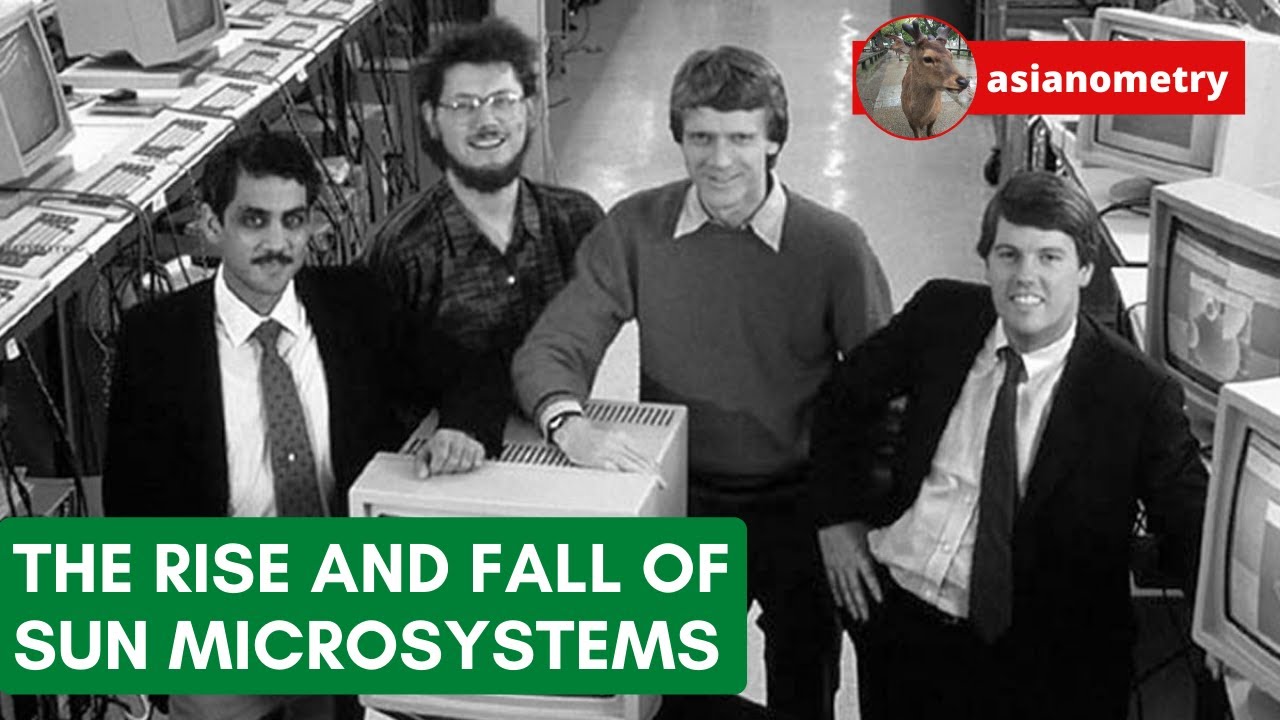The Fourmilab Web site was hosted on Sun SPARC-based workstations and servers between 1994 and 2005, when the site was migrated to Dell servers with Intel processors running Linux.
I owned and used Sun computers for about 15 years, starting with a Sun 3 (IIRC) in the early 1990s, sharing space in my lab with DEC hardware (a VAXstation and then an Alpha). I recall that Sun was an anticipated merger partner for Apple in the bad days before Jobs returned. Maybe had Sun acquired Apple, Sun itself might have been transformed, and remained alive today. More likely, tho, both would be history.
It was only mentioned in passing in the video, but in 1988 Sun launched a machine called the Sun386i, which was commonly referred to by its internal code name, “Roadrunner”. This was developed by Sun’s lab in Boston which operated largely independently of the California-based R&D operation. The machine used an Intel 80386 processor and could be configured with up to 16 Mb of RAM. It was built very much like a contemporary PC and could have been manufactured at a price competitive with a similarly-equipped PC. It ran the full standard SunOS and windows system and was 100% compatible with the network support and Network File System (NFS) of Sun’s other workstations and servers, which allowed it to integrate seamlessly into Sun customer installations. It came with an MS-DOS emulator that allowed it to run multiple MS-DOS sessions in separate windows on the screen. Reports were that this worked pretty well, but I don’t recall having ever tried it.
When this machine came out, Autodesk immediately started buying them for developers, who had previously been using the more expensive Sun 3 machines. Porting AutoCAD to the machine was pretty much just a matter of recompiling, because we had previously done the work to make it insensitive to byte order. I tried to persuade Sun to aggressively market the Sun386i through our AutoCAD dealer network, who were struggling to put together PC configurations with third party graphics cards, monitors, and network adaptors to do things the Sun did right out of the box. Sun CEO Scott McNealy called this an “insurmountable opportunity” because he believed Sun lacked the customer support capability that would be required to deal with individual users faced with administering SunOS systems. I tried to explain that dealing with the stack of add-ons people were running on their MS-DOS AutoCAD systems was just as difficult, but to no avail.
The Sun sales force wasn’t interested in selling the 386i because it was less expensive and paid lower commissiions and, without an independent dealer channel motivated to sell it (which we were willing to hand them for free), the product languished and was discontinued in 1990.
This is a little-known “road not taken” in the history of Sun.
The 386i has a warm spot in my heart. While it wasn’t a stellar performer, it did run Unix and DOS-in-a-box very well.
[Personal story follows; read on at your own peril. ![]() ]
]
When I graduated college in 1989, DOS+Brief was foundational tooling for low rent commerical embedded development. Having been spoiled by Unix on HP9000 workstations during my academic career, DOS and its tools seemed like sticks & stones.
I was therefore amazed when my then-employer, whom I’d worked for part time while going to school, agreed to buy a 386i to support my newly full time role as the company’s primary embedded software developer. The machine cost nearly as much as my full time annual salary at the time, which seemed like an insane expenditure, but I was so thrilled that I wasn’t about to complain.
The 386i was a dream machine in that time & place because it ran SunOS, SunView, Emacs, and all the DOS-based cross assemblers and cross compilers required to produce the company’s embedded products.
![]()
